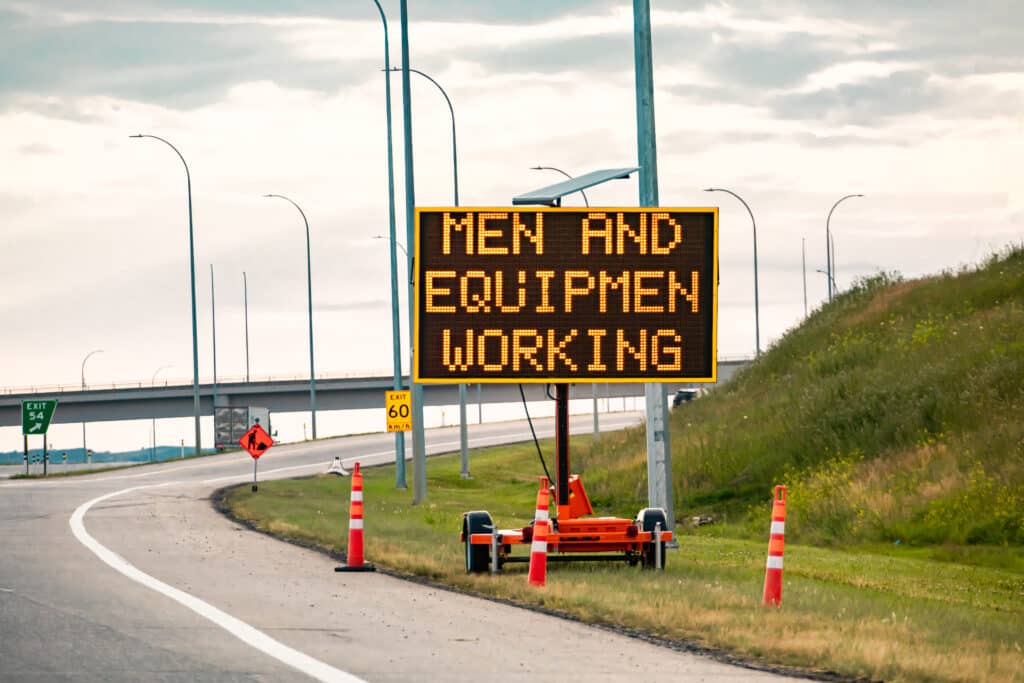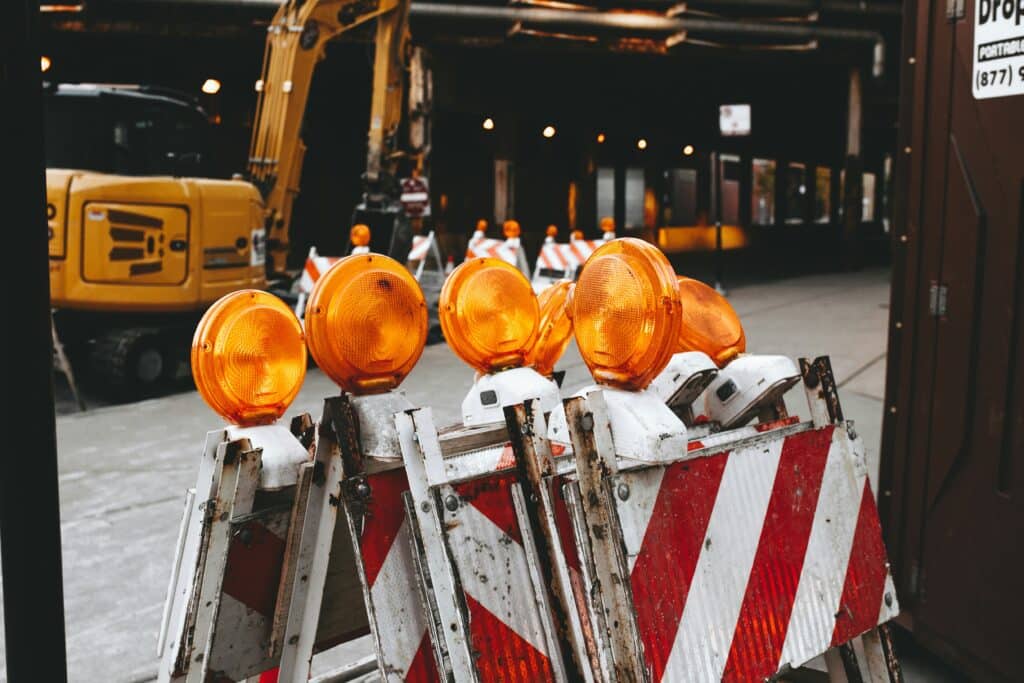Is it better to rent traffic safety equipment? Or is it better to buy it? Renting and buying traffic safety equipment each comes with its own set of advantages and disadvantages. Let’s explore the pros and cons of both renting and buying traffic safety equipment.
Renting Traffic Safety Equipment
Pros:
- Cost savings for short-term projects: If you have a short-term project or event that requires traffic safety equipment, renting can be more cost-effective than purchasing the equipment outright.
- Access to a wide range of equipment: Rental companies typically offer a diverse selection of traffic safety equipment, allowing you to choose the specific tools you need for your project.
- Maintenance and repairs handled by the rental company: If the equipment breaks down or requires maintenance, the rental company is responsible for fixing or replacing it, which saves you time and money.
- Flexibility: Renting offers flexibility in terms of trying out different types of equipment before committing to a purchase.
Cons:
- Long-term costs: If you need the equipment frequently or for an extended period, the cumulative rental costs can surpass the purchase price, making it less cost-effective in the long run.
- Limited customization options: Rental equipment might not always meet your specific requirements or preferences.
- Availability concerns: During peak seasons or in high-demand areas, there might be shortages of available equipment for rent.
Buying Traffic Safety Equipment
Pros:
- Long-term cost savings: If you require the equipment regularly, buying can be more economical in the long run compared to paying rental fees repeatedly.
- Customization and ownership: Purchasing allows you to customize the equipment according to your needs and preferences, and you have complete ownership and control over its usage.
- Readily available: Once you purchase the equipment, you have immediate access to it without any concerns about availability.
- Investment: Purchased equipment can retain value over time, and you may be able to resell it when it’s no longer needed.
Cons:
- Upfront costs: Buying traffic safety equipment requires a larger upfront investment, which might be a significant financial burden for some businesses or individuals.
- Maintenance and repair costs: You are responsible for the maintenance and repair expenses, which can add to the overall cost of ownership.
- Storage and space requirements: Owning equipment means you need adequate space for storage when it’s not in use.
- Technology updates: Traffic safety equipment evolves, and buying might lock you into using outdated technology for a more extended period.
Factors to Consider When Making the Decision

When faced with the decision of whether to rent traffic safety equipment or to buy it, several crucial factors should guide your choice. Each project or situation is unique, so carefully evaluating these factors will help you make the most appropriate decision for your specific needs.
Project Duration and Frequency of Equipment Usage
Consider the duration of your project and how frequently you will require traffic safety equipment. For short-term projects or one-time events, renting may be the more cost-effective option. On the other hand, if you anticipate using the equipment regularly or over an extended period, buying might offer better long-term cost savings.
Budget Constraints and Financial Planning
Examine your budget limitations and financial capabilities. Renting allows you to avoid significant upfront costs, making it a suitable choice for those with limited budgets. However, if you have the financial means and foresee consistent usage, buying could be a smart investment in the long run.
Specific Equipment Needs and Customization Requirements
Evaluate the precise equipment requirements for your project. Rental companies offer a wide range of traffic safety equipment, but you might have specific needs that require customization. If off-the-shelf solutions don’t meet your project’s demands, buying allows you to tailor the equipment to your exact specifications.
Project Timeline and Availability Concerns
Consider the project timeline and potential equipment availability concerns. Rental equipment availability can vary, especially during peak seasons or in high-demand areas. For time-sensitive projects, owning the equipment ensures you have immediate access without delays due to rental constraints.
Maintenance and Repair Considerations
Factor in the maintenance and repair responsibilities. When renting, the rental company typically handles maintenance and repairs. However, if you opt to buy, you’ll be responsible for ensuring the equipment is well-maintained, which might incur additional costs and effort.
Storage and Space Requirements
Assess the available storage space for the equipment. Owning traffic safety equipment requires adequate storage when not in use. If storage is a concern or you have limited space, renting might be a more convenient option.
Potential Resale Value of Purchased Equipment
Think about the potential resale value of purchased equipment. If you anticipate that your traffic safety equipment needs might change in the future, consider whether you can recoup some of the initial investment by selling the equipment when it’s no longer required.
Best Practices and Tips

Deciding between renting and buying traffic safety equipment requires thoughtful consideration and informed choices. To ensure you make the most suitable decision, here are some best practices and tips to keep in mind:
- Evaluate rental agreements and terms: Carefully review rental agreements, pricing structures, and any limitations on equipment usage to choose a transparent and suitable rental company.
- Research reputable rental companies: Seek recommendations, read reviews, and select a reliable provider known for well-maintained equipment.
- Calculate long-term costs: Compare rental expenses with upfront and maintenance costs of buying to determine cost-effectiveness over time.
- Consider resale value: Invest in durable equipment with potential resale value for future flexibility.
- Prioritize safety and compliance: Ensure selected equipment meets safety standards and regulations, regardless of renting or buying.
- Assess future needs: Consider project variations to decide if renting offers more flexibility or if ownership is more stable.
- Integrate technology: Opt for up-to-date equipment with modern safety features to enhance efficiency.
- Provide training: Ensure personnel receive proper training for safe and efficient equipment usage.
Buy or Rent Traffic Safety Equipment from Interwest Safety
In summary, renting traffic safety equipment is suitable for short-term or occasional needs, offering flexibility and cost savings. On the other hand, buying equipment makes more sense for long-term or frequent usage, providing ownership, customization options, and potential long-term cost savings.
If you want to buy or rent traffic safety equipment from a reliable provider, visit Interwest Safety. With multiple warehouses across the U.S., we’ve been providing high-quality traffic safety equipment and signs to the government and the highway construction industry for over 40 years. Contact us today to get started!







